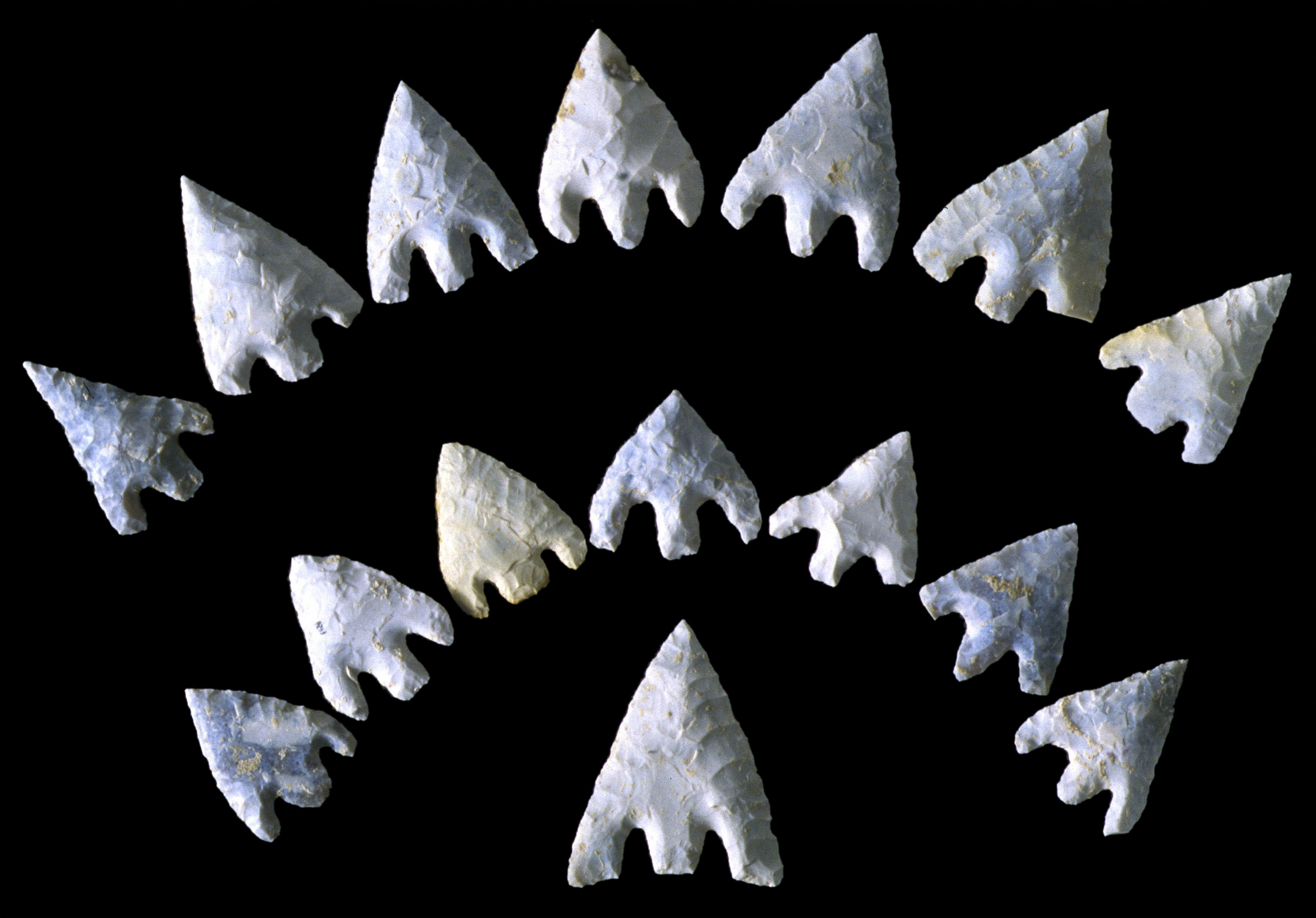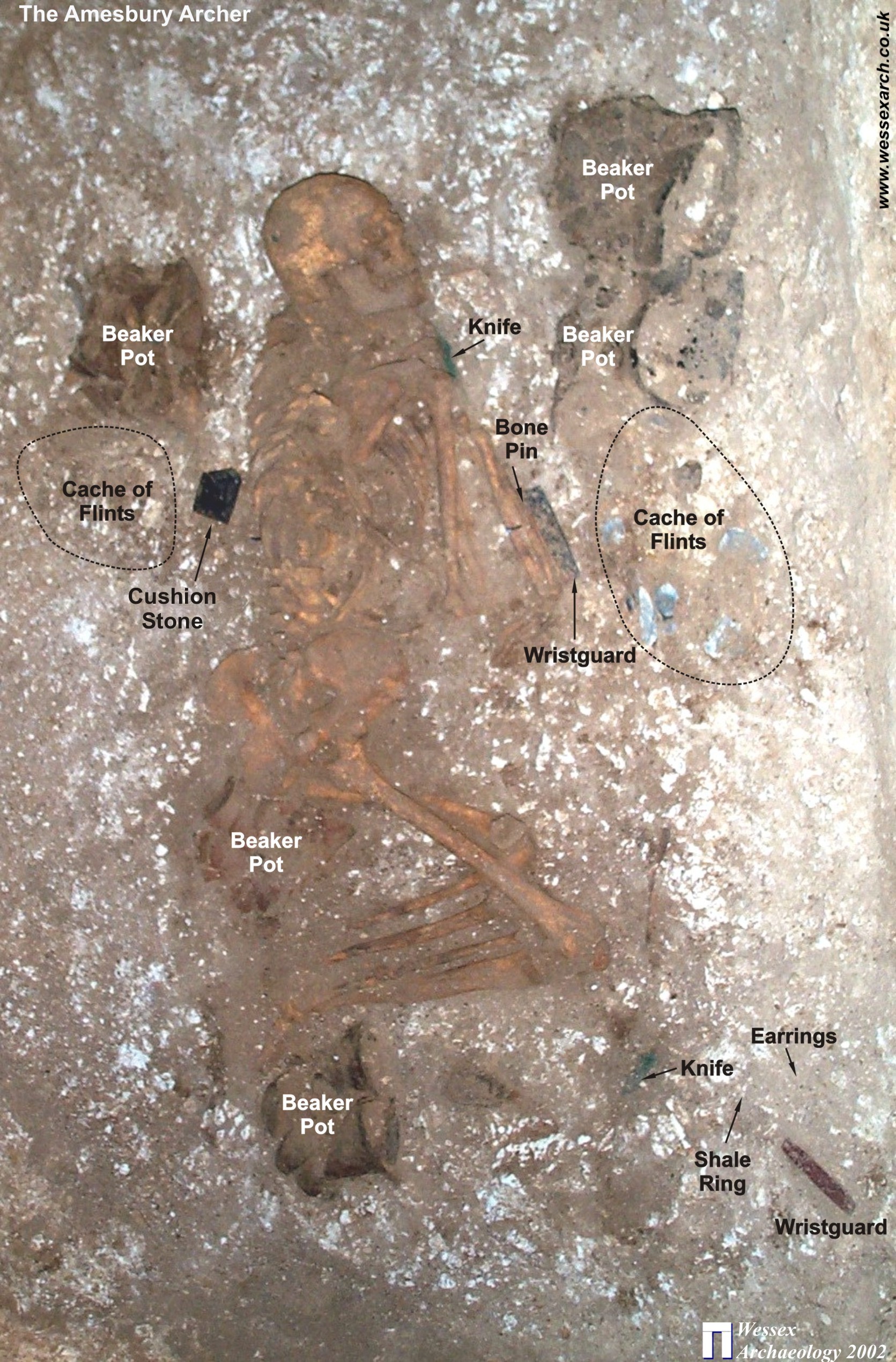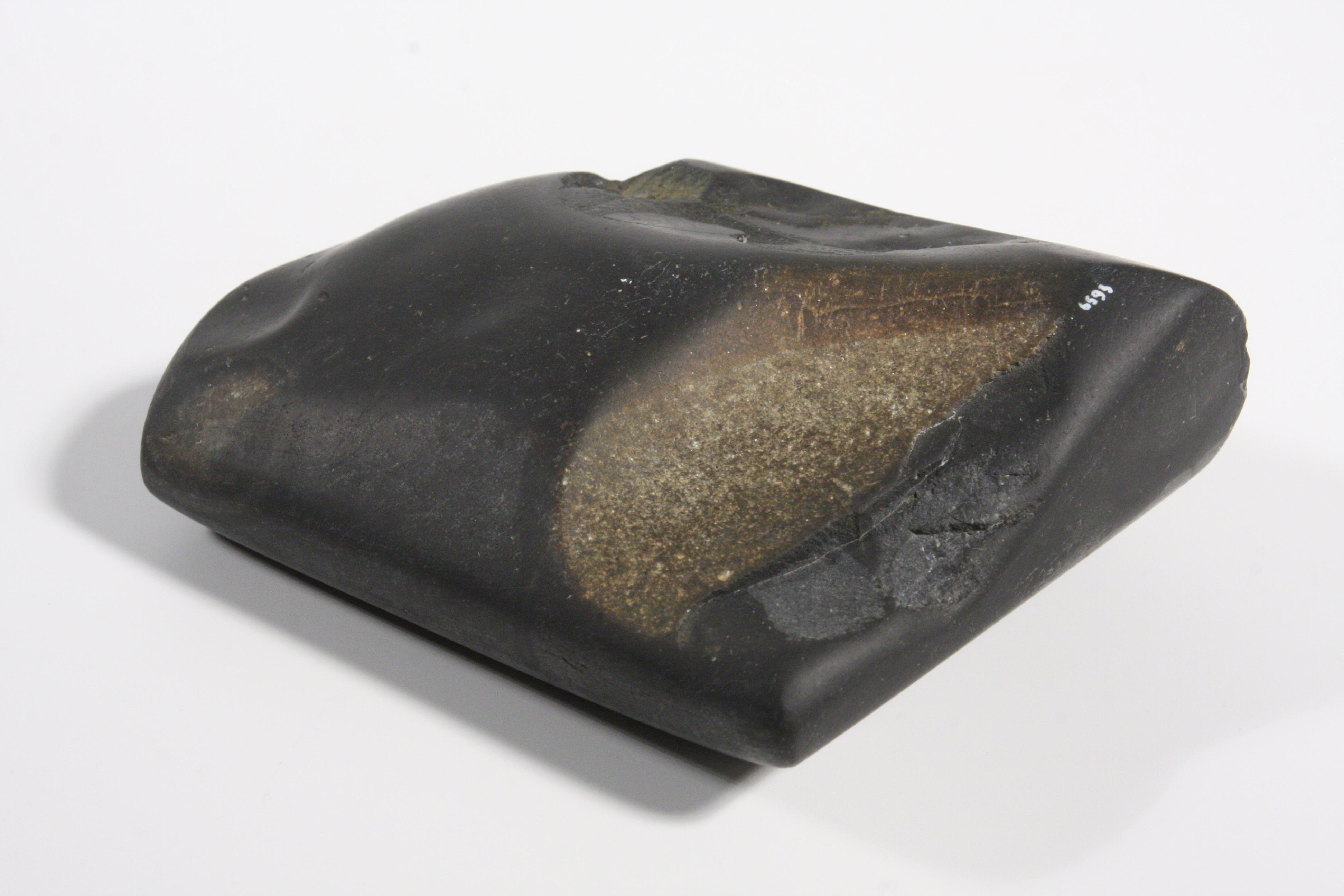The shift from the Stone Age to the Bronze Age did not happen overnight! The transition between these ages took place over a long period of time – this is why archaeologists break up large time periods into smaller, shorter periods.
The specific date for when the Bronze Age began changes depending on where you are in the world – in Britain, we date the start of the Bronze Age to around 2200 BCE. This is late compared to other places in the world, as the knowledge and technology for making bronze took a longer time to arrive in Britain. This knowledge arrived in Britain through word of mouth! Bronze age people would travel to Britain and share this information, and then it would be slowly passed around.
Think about how 30 years ago, at home everyone owned a landline telephone, and almost no one had a mobile phone. Over time, more and more people got mobiles while keeping their landlines. Now most people don’t bother to get a landline, and those that do have one hardly use it. This is a helpful way to think about the transition between Stone tools and Bronze tools! As technology develops, the new technology slowly replaces the old, with a period of crossover.
A great example of this in archaeology is the Amesbury Archer, an early Bronze Age man who was discovered by archaeologists in Amesbury, near Stonehenge. The Amesbury Archer was buried with both flint arrowheads, which we know are products from the Stone Age, and tools for working Bronze. This is a perfect example of how technologies between ages can overlap.
Bronze Age: Changing Lifestyles
During the Bronze Age, the hunter-gatherer lifestyle transitioned out, and people began to settle down and start farming on a greater scale. Once a farm was established, it took far less manpower to get food than before – farmers could tend to crops and their livestock, and so there was more time for other people in the community to develop skills. For example, mining copper and tin to make bronze, and making tools and objects with that bronze. In some communities, farm life meant that there was enough time and resources for less essential jobs, such as making jewelry. The development of lifestyle ensured the flourishing of different trades during the Bronze Age.
Image: Bronze age ring:
Caption: Terminal 5, Heathrow, has been one of the biggest construction projects in the world. Archaelogical excavations were carried out before the construction started and have uncovered almost 9,000 years of history.
This copper alloy finger ring dates from the Bronze Age (c.2400-700 BCE).


